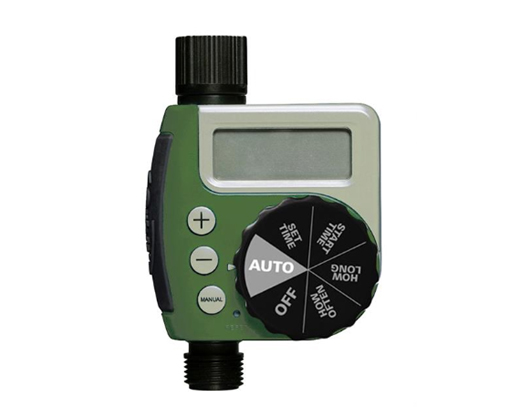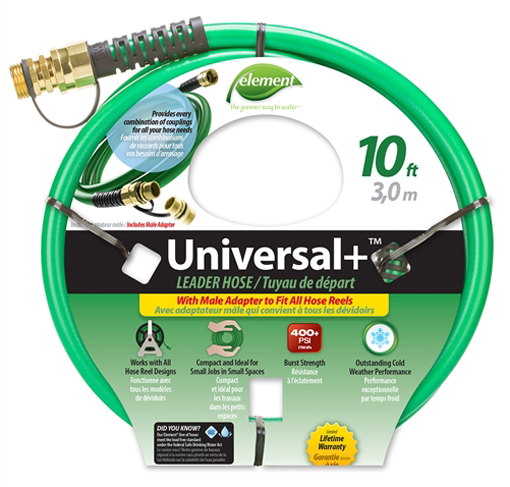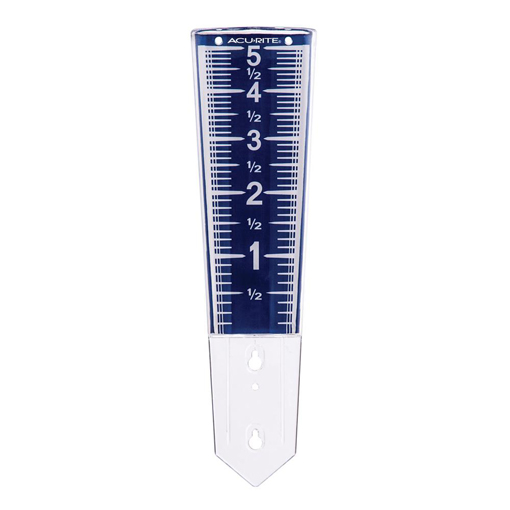Keeping your garden well irrigated throughout the year is important. Lack of water causes your plants to become stressed, harming their aesthetic qualities and making them more susceptible to disease and pests. Therefore, it’s important to find a solution that will take care of your garden for you, especially if you plan on being away for extended periods. This article will cover a few easy solutions for keeping your landscape beautiful whether you want to do it by hand or simply want to make it as stress-free as possible.
Manual watering
A watering wand works magic on your container plants, small beds, and hard-to-reach places. It works like a hose extension and also allow you to choose from several output patterns so you can give gentle rain-like water for beds and hanging pots, or switch to a high-pressure output to clean off your deck before summer entertaining. Industry-leaders like Dramm and Melnor have comfort-grip options to minimize the hand and wrist strain that can arise when using the old “thumb-over-the-hole” method.
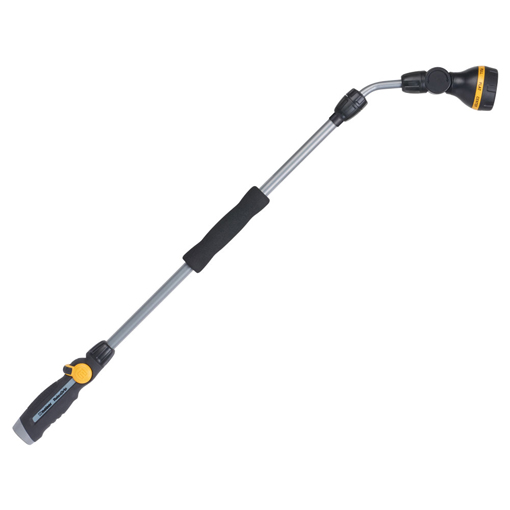
Melnor’s RelaxGrip® handle on nozzles and watering wands minimizes stress on the wrist and hands. Shown in RelaxGrip® 8-Pattern Watering Extension Wand, which extends to 48″ long. Photo credit: Melnor.
Oscillating Sprinklers
By far the most recognizable sprinkler design, these sprinklers work great for covering large areas of lawn or bed—or both. Our maintenance crews use Melnor’s Premium Metal Oscillating Sprinkler, which allows us to customize the coverage anywhere from the full range (up to 4,000 square feet) to a narrow band to focus on foundation plantings or other smaller areas. The easy connection, aluminum base, and cleanable filter make this an easy choice for a reliable and long-lasting sprinkler. Other sprinklers on the market also offer features like built-in timers and selective shutoff of individual sprinkler heads to cover an even more focused swath of land. Whatever model you end up with, an oscillating sprinkler set up in the middle of your bed or lawn will reliably water all of your thirsty plants—and kids love them too.
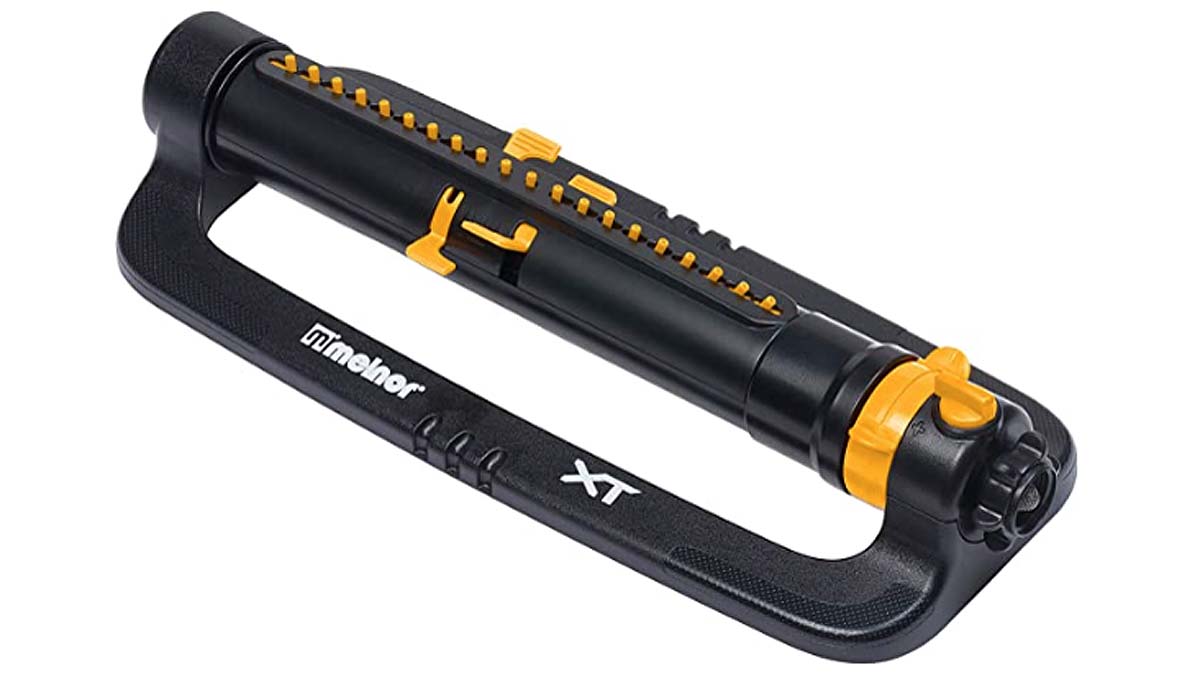
The Melnor XT Oscillating Sprinkler is customizable, allowing you to control water in three dimensions: range, width, and flow. It’s great for watering areas of all sizes. Photo credit: Melnor.
Timers
You’ve selected your sprinkler system and now you need to make sure it waters your plants without having to manually turn it on and off each time. The quickest and simplest solution is an outdoor timer such as the Orbit Single Dial Hose Faucet Timer 1–Outlet timer.
These AA battery-powered timers feature an incredibly intuitive interface which gives you control over when, for how long, and how often you’d like your sprinklers to activate. Simply connect the timer to your spigot, your sprinkler system to the valve outlet, input your desired settings and turn the dial to ‘Auto’. Should you want to activate your system manually, these and most timers offer a manual override feature usually in the form of a manual switch or button. Once you’ve finished watering, you can set the timer back to ‘Auto’ with your settings intact. If you know it’s going to rain and don’t wish to run your system, you can take advantage of the rain delay feature which allows you to tell the timer to hold off for up to 24, 48, or 72 hours. If you wish to connect a hose and/or multiple sprinklers, Orbit has multi-valve models available. These timers can be purchased online or at most hardware stores, particularly Home Depot and Lowes.
Should you need to connect your timer to a spigot that’s in a hard-to-reach spot, we recommend using a leader hose, which is essentially a hose extension that gives you more flexibility when choosing a location for your timer.
Rain Gauge
Lastly, if you want to know if your garden is receiving enough water from rainfall, we suggest purchasing a rain gauge. You can either mount these to a wall or stick them into the ground. When it rains, these relatively inexpensive devices fill up with water which you can then note down. Generally, your garden should receive at least one inch of water per week. Also, when trying to hone in on just how long you should run your irrigation, you can place these in areas where sprinklers are active and observe how much water collects into the rain gauge after a predetermined amount of time and adjust from there.
With these tools, you can feel confident that your landscape will remain strong, healthy, and beautiful throughout the growing season, so you can enjoy it.

